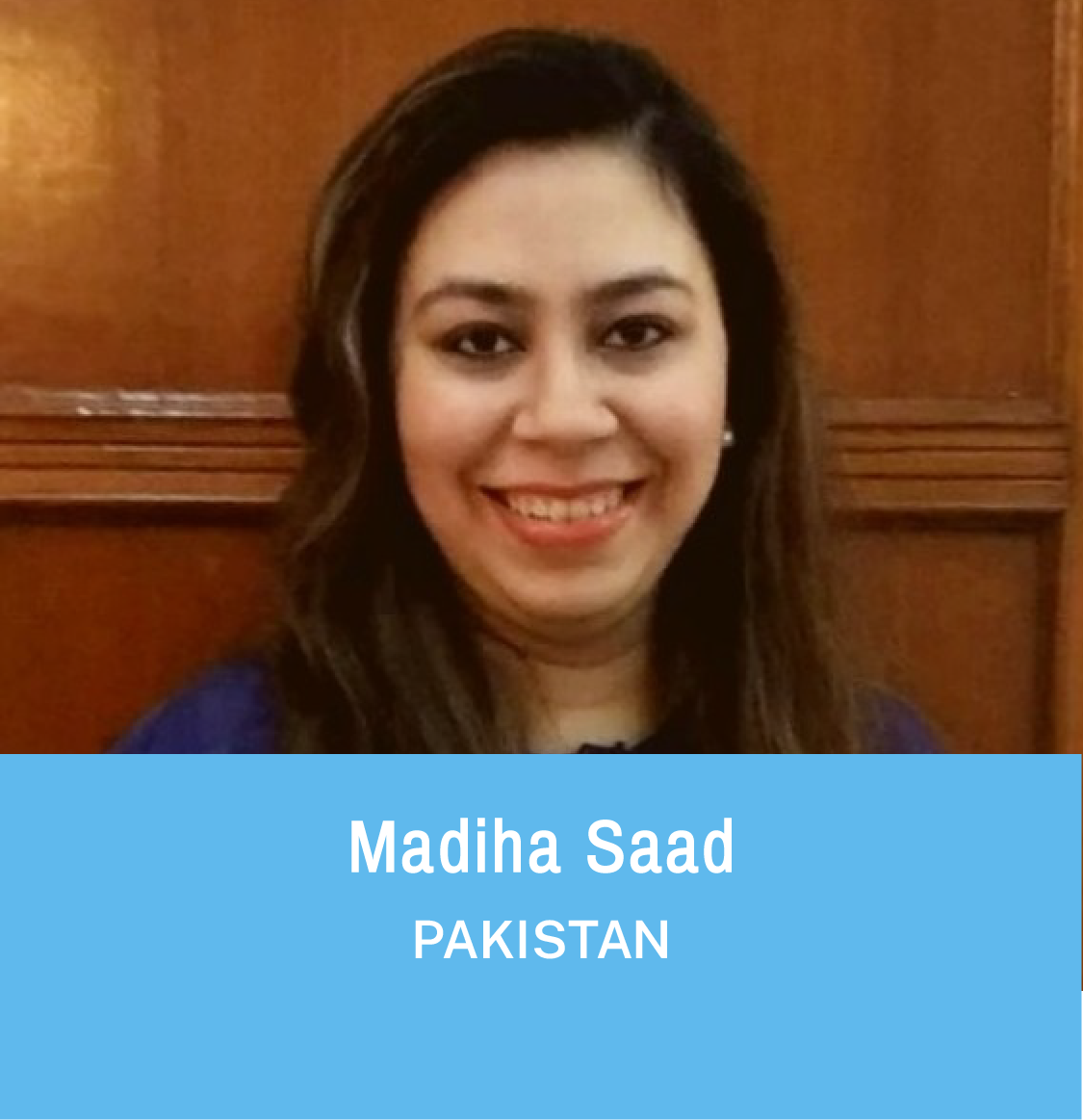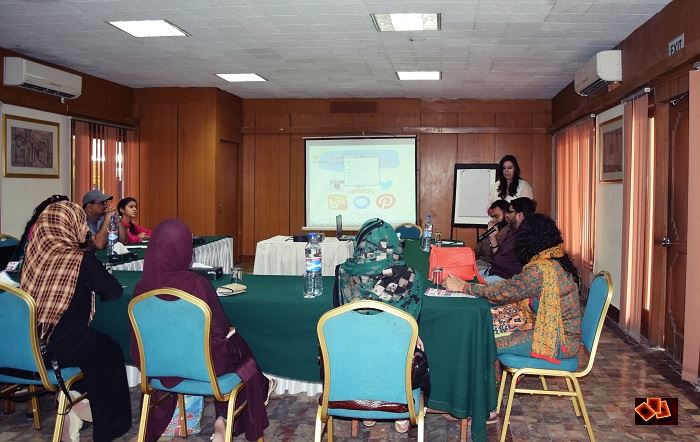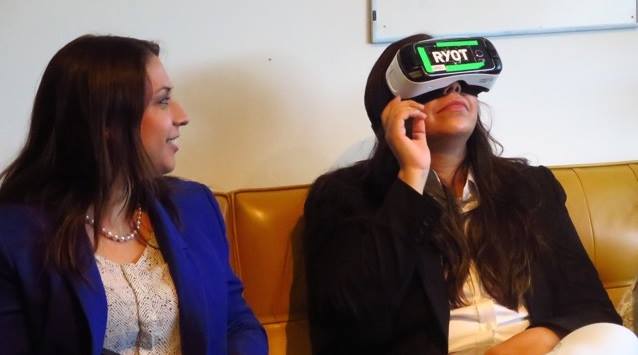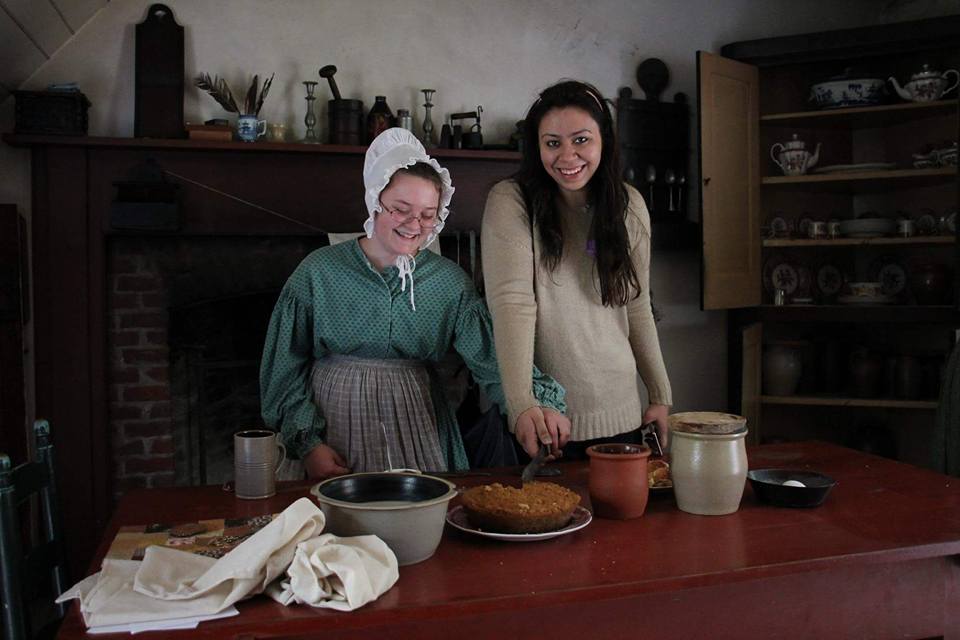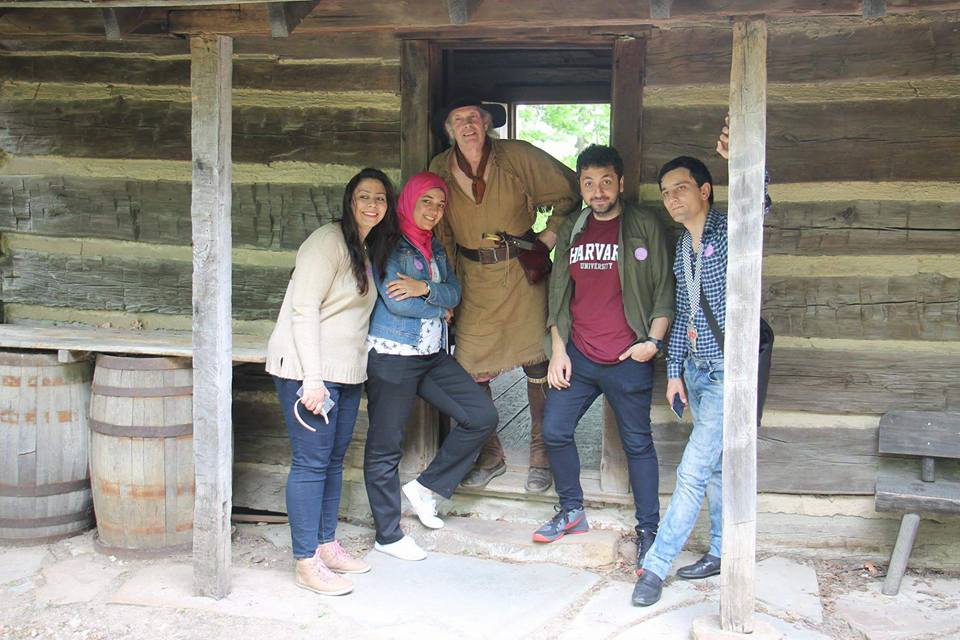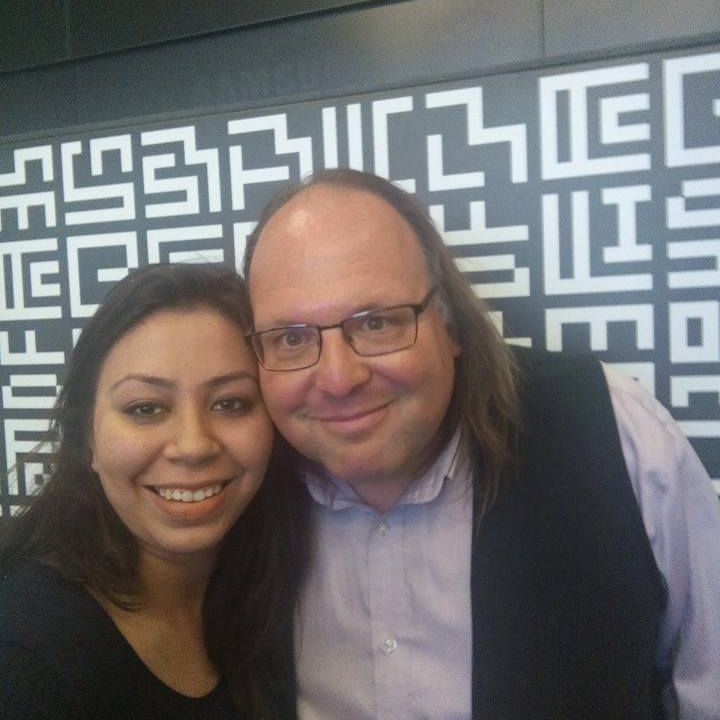Madiha Saad
Content created by Virtual Intern Nayantara Arora
Madiha Saad is a Pakistani leader, activist, and educator who fights against patriarchal injustices through journalism and digital media. As a journalist, she primarily freelances for newspapers and writes articles focused on women and education. Saad is also an alumnus of the Thomson Reuters Foundation, an examiner and teacher for the International Baccalaureate diploma program, and has served as a journalism instructor at a leading university in Karachi.
In March 2016, Saad traveled to the United States for an International Visitor Leadership Program (IVLP), focused on "Media Literacy- Promoting Civil Society through New Media." Her time spent in diverse cities allowed her to understand the impact of new social media trends and explore the role that digital technologies play in activism, campaigning, and promoting the development of civil society. "Our collective experience of foreign culture and our enriching exposure to the state-of-art innovations in media and technology...made our IVLP journey extraordinary," said Saad.
After her IVLP, Saad used her knowledge of digital technologies to host workshops for teachers, plan campaigns, and write articles on the social inequalities faced by women in Pakistan. She has helped introduce the concept of "solutions journalism" to her colleagues in Pakistan.
Madiha Saad's continuous dedication to promoting women's education through journalism in Pakistan has made her an equality and education leader.
Content edited by Sallie Bestul, Regina Navarro-Gomez, and Jenna Williams
Blog
IVLP Media Literacy: a truly enriching and unforgettable experience by Madiha Saad
My selection and participation in IVLP Media Literacy: Promoting Civil Society through New Media marks an important milestone in my life. The experience was phenomenal and enriching as it brought together participants from 21 countries and set them on a journey of exploration and evolution in terms of their perception of civil society and ways in which it can possibly benefit from the rapidly changing digital landscape.
It is because of this diversity of backgrounds that we all hailed from, our collective experience of a foreign culture, and our enriching exposure to the state-of-art innovations in media and technology, that made our IVLP journey extraordinary.
The three-week program started with our arrival at Washington D.C and focused on multimedia approaches to journalism and digital activism; the highlight of which was our enlightening sessions with Lily Ciric Hofman (award-winning multimedia journalist) and Nick DeSarno (Director of Digital and Policy Communications) centered around multimedia storytelling, political campaigning and federal approaches to utilizing new media. I remember being awestruck after these sessions that gave me insights that not only helped shape my understanding of the challenges and opportunities of the digital landscape in the US but also the challenges back at home.
Then, as we traveled across the country, from New York to Boston, Boston to Indianapolis (some groups also traveled to Utah and Kansas City), we continued to explore how digital media was used to build authentic news experiences, efficient government transparency, and active public advocacy. It was exciting to witness the media and civil institutions relentlessly exploring ways to use new media to build a stronger and more active society, empowering people to make informed decisions regarding their social and political choices, and mustering their collective strength to work for the benefit of the entire nation.
In terms of exposure to novel experiences, our time at MIT (Center for Civic Media) with Ethan Zuckerman, and RYOT, Huffington post was most fascinating and enriching. It educated us on ways to assess media impact on civil society and showcased advancements in immersive journalism, something which was then unheard of in Pakistan.
Apart from our academic and practical learnings, there’s a lot more we learned about operating in a different culture, interacting with each other and the local communities.
It also brought to focus the commonality of human emotions and shared experiences instead of aspects that divide us. With respect to this, our visit to the Indiana State Museum and Historic Sites was remarkable; it was a walk through the history of the US, its agrarian past, its native cultures and freedom struggles. I believe the experience strengthened my bond with the culture and history of the US more than anything as I felt connected to the country’s past which greatly helped me understand its present hopes and fears.
The home hospitality was another memorable highlight of the visit. It was for the first time that we were invited into a local household, where the hosts had made generous arrangements to indulge and entertain us. More than their generosity, the intimacy of the experience made it all so delightful. As a group, we were most comfortable with each other, celebrating our differences and cherishing the similarities; and in a short time, became lifelong friends. These humbling and exciting experiences will forever remain a part of me and I will continue to use them as a means to promote the idea of global citizenship and peace.


